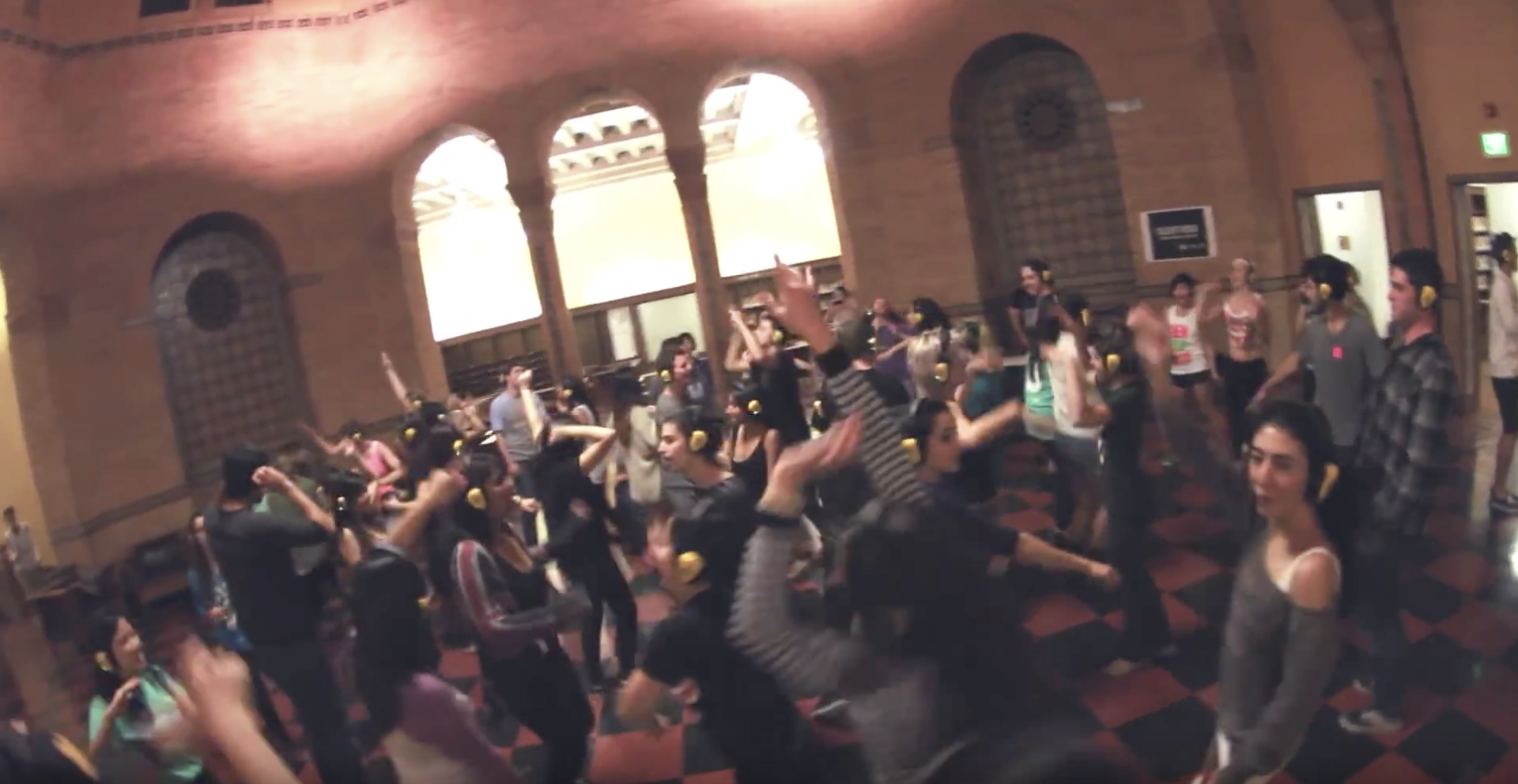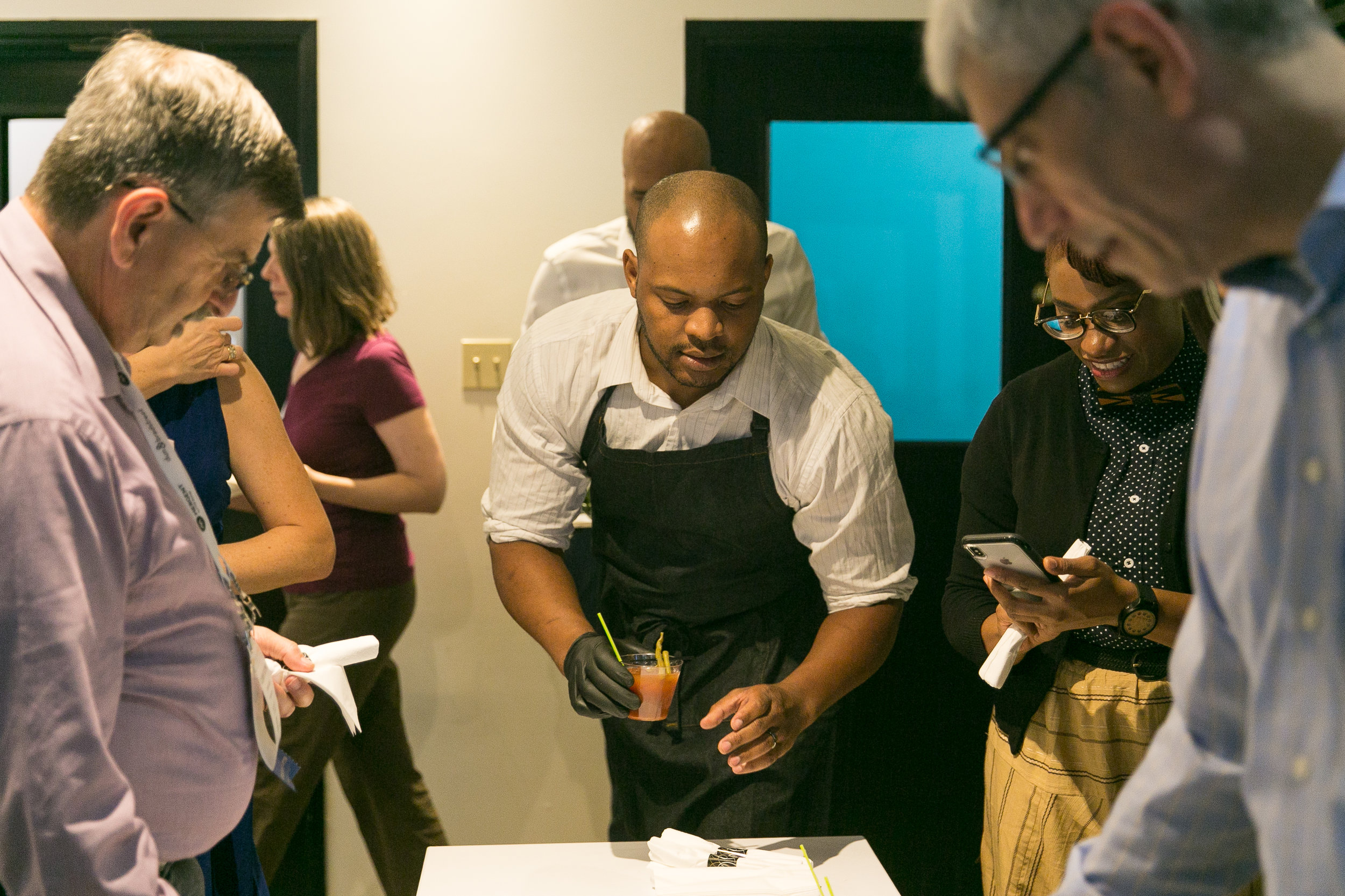Last month we decided to retire the brand that got us started. While I believe this is right for a number of sound reasons I’ll discuss here, no one should take away that Libdot didn’t have a fond place in our hearts.
In the words of Boyz II Men, “How do I say goodbye to what we had?”
We started out on this journey with a simple problem statement: Talent management in libraries is broken. Technologically, I’ve always been interested graph databases. Being in on the ground in Palo Alto when Facebook first opened their platform to developers, I remember the excitement around what graphs can do to surface relationships. Their social graph, and LinkedIn’s newer economic graph, along with Google’s Knowledge Graph, made me wonder why libraries don’t have their own graph. “Libdots”, were objects from the library ecosystem that existed on the graph: people, organizations, products/services, and more. But having conversations with CIOs, library leaders who straddle offices of research, iSchool deans and others, made me realize that the real-world ecosystem libraries operate in may be larger than I understood.
We’ve since developed a theory of change around solving it which focuses on skills. Along the way a variety of people and perspectives have challenged our thinking for the better. Below are three of the more meaningful lessons we’ve learned outside of the obvious feedback like “Is Libdot another Springshare product?”
Variance among institutional cultures impedes collaboration. Skills are an objective common denominator.
Since 2010, I’ve met with over 500 library leaders around the world. And the amount of diversity of titles, roles, department names and employment classifications is rich. For example, how many titles exist for a Technical Services leader in a library? With nearly a dozen options describing the person’s rank (e.g. head, associate director, associate university librarian, manager, etc…), plus another dozen variations on the department name itself, it’s difficult to measure what makes a good technical services leader. For a software platform designed on the premise of collaborative talent management, this poses a significant challenge (and opportunity). At Skilltype we have a bias towards clean, structured, machine readable metadata to help us describe ourselves, our work and our organizations. Getting this right opens up unprecedented opportunities for collaboration, as people and organizations have a more atomic makeup than our parochial culture would suggest. Our new name speaks more directly to the importance of this idea in our work than our last.
Lines between libraries and other departments are being blurred. Skills reveal the true relationships among teams.
Secondly, libraries and library workers are now tasked with assignments that fall outside of the traditional scope of librarianship. These professionals are increasingly contributing to teams within IT, Offices of Research and beyond. Departmental structures are at their most fluid as organizations experiment with merging, re-scoping, and outsourcing work across and outside campus. One of the more controversial examples is around the term library itself being rethought on many campuses. New buildings being named everything from “Learning Commons” to “Innovation Hubs”. This evidence and more pushed us to think more holistically about the information profession and our relationship to it.
With over 80 million skills-based data points to collect, we haven’t even begun to understand the information profession.
We’re cautiously optimistic on the power of machine learning for the profession. But there’s good amount of data cleanup and culture shifting to be done before we begin jamming data into an algorithm. Researchers and practitioners are concluding that AI is not smart enough to reverse trends that we now conclude have negative impact on our staff and organizations. While acknowledging these risks of AI, we also believe that to build the future of work we have to move beyond arbitrary measurements of fit. Why certain people get hired or fired, promoted or demoted is 100% subjective to the persons involved in making the decision. How managers measure performance varies from organization to organization, and even manager to manager. CVs, performance evaluations and interviews are full of insights that capture the essence of the information profession. Distilling this into a measurable, predictable format positions us to understand the patterns that drive career development across our profession.
We think skills data is a good starting point for building the bridge to the 2030 information workplace. We’re grateful for the support of our early partners as we do our part in the community to help figure this out.
“What’s your Skilltype?”
So while we say farewell to Libdot, we welcome Skilltype. Maybe this new term can become the way we communicate who we are professionally.

